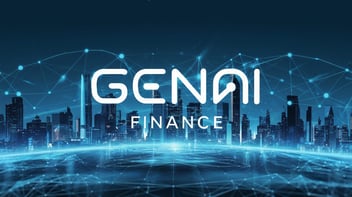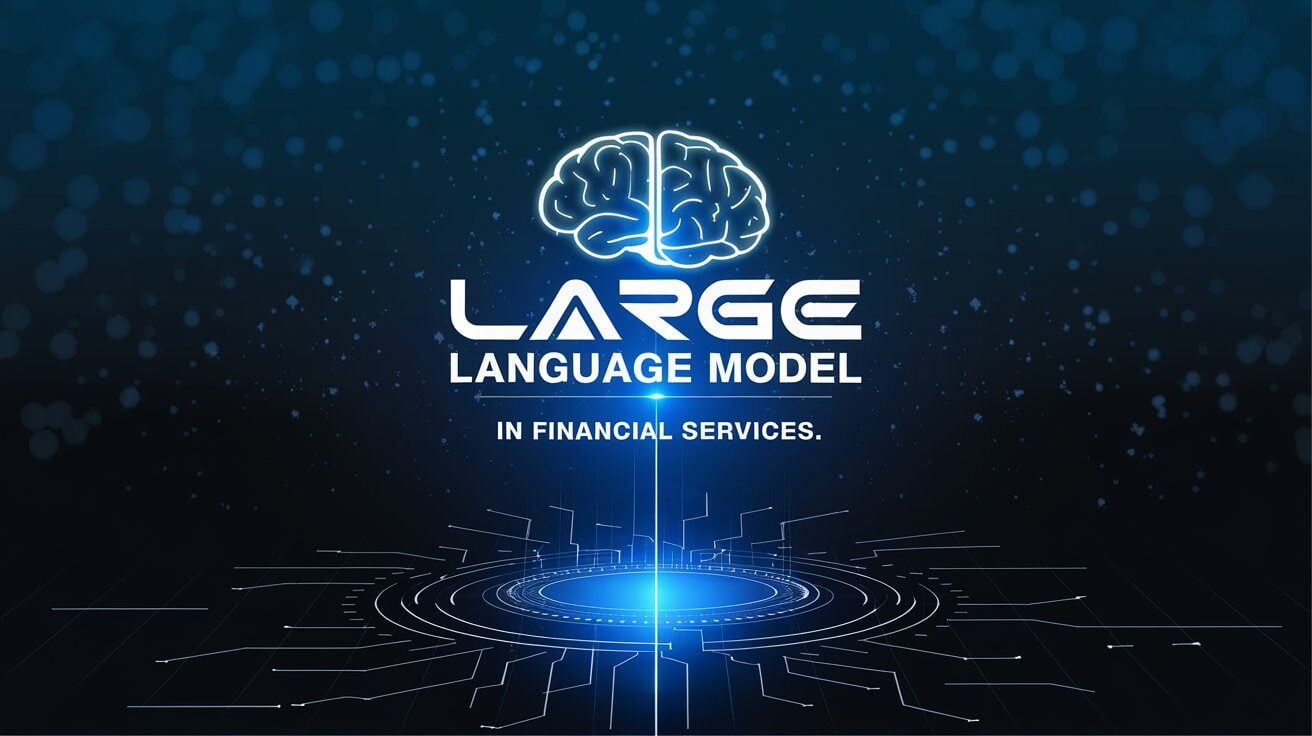Understanding Financial LLMs
In the evolving landscape of financial services, specialized Financial Large Language Models (LLMs) are revolutionizing how institutions operate. These LLMs, designed to process financial-specific data, provide deeper insights, improve decision-making, and strengthen risk management processes. As businesses across the globe seek more precise, real-time analytics, the integration of these models has become a critical factor in maintaining competitiveness. This article delves into the potential of Financial LLMs and how they are reshaping the financial sector with cutting-edge AI-driven tools and methodologies.
Benefits of Financial LLMs in Risk Management
Financial LLMs provide a competitive advantage by:
Adapting to Real-Time Changes: LLMs handle real-time data, allowing firms to respond quickly to evolving conditions, which is essential for strategic investment planning.
Tailored Financial LLM Models for Enhanced Decision-Making
Financial LLMs are trained on data specific to the finance industry, enabling them to:
Moreover, firms can adopt hybrid models that blend general and specialized LLMs for a versatile solution that caters to customer service and financial analysis.
Practical Applications of Financial LLMs
Financial LLMs have numerous applications within financial institutions:
Sentiment Analysis for Investment Strategy: These models gauge public sentiment, guiding firms in making investment decisions based on real-time data.
Regulatory Monitoring: By staying current with regulatory changes, LLMs ensure that institutions remain compliant, safeguarding them against legal risks.
Case Study: LLM Integration in a Leading Financial Institution
A leading financial institution recently implemented Large Language Models into its operational workflows. The company was dealing with challenges in handling vast amounts of unstructured data, such as customer interactions and regulatory document reviews. They sought a solution that could streamline routine processes and improve decision-making based on real-time data analysis.
The solution they implemented used a hybrid LLM framework, blending both general and finance-specific models to meet the diverse needs of the institution. This case study demonstrates how financial institutions can use LLMs to drive significant improvements in operational efficiency, customer service, and regulatory compliance.
Staying Ahead with Emerging Trends
To leverage LLMs fully, financial institutions should stay updated on emerging trends:
Digital Transformation and Security: Embracing LLMs enables firms to innovate while maintaining strong cybersecurity measures to protect sensitive data.
Conclusion
The advent of Financial LLMs marks a significant milestone in the financial services industry, bringing innovative solutions for enhanced decision-making, risk management, and regulatory compliance. By integrating these models, financial institutions not only optimize their operations but also gain a competitive edge in an increasingly data-driven environment. As the financial world continues to evolve, staying informed about the latest advancements in LLMs is crucial for leveraging their full potential and driving sustainable success.
Facilitating AI Integration with Pacific Data Integrators (PDI)
Integrating Generative AI and Large Language Models (LLMs) into finance can seem daunting, but with Pacific Data Integrators (PDI), it becomes a streamlined and supported journey. Partnering with PDI ensures a seamless transition and enduring success, turning challenges into opportunities. Discover how PDI's tailored solutions can transform your business by consulting with our experts today.
You can book a consultation today by visiting us at PDI.
Posted by PDI Marketing Team
Pacific Data Integrators Offers Unique Data Solutions Leveraging AI/ML, Large Language Models (Open AI: GPT-4, Meta: Llama2, Databricks: Dolly), Cloud, Data Management and Analytics Technologies, Helping Leading Organizations Solve Their Critical Business Challenges, Drive Data Driven Insights, Improve Decision-Making, and Achieve Business Objectives.






